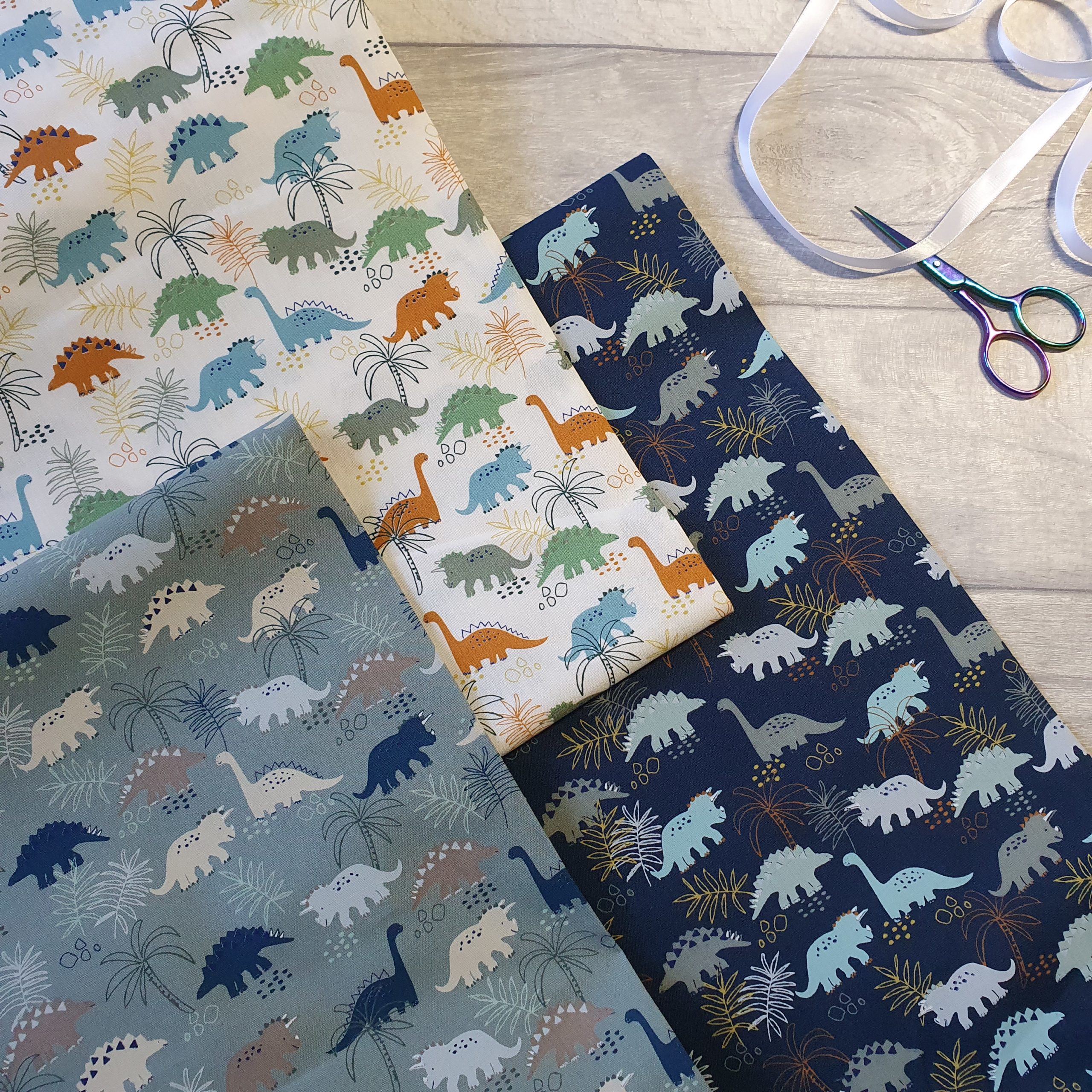
A helpful summary of fabrics and their uses, a useful fabric guide to use as a reference for all of your sewing projects.
Woven fabric is a cloth formed by weaving. It only stretches diagonally on the bias directions, unless the threads are elastic. Woven cloth usually frays at the edges, unless cut with pinking shears or hemmed.
Generally used for crafts, home decor and traditional style clothing patterns.
Knitted fabric is a material with interlaced loops, made of a single rolled up thread by curling on itself.
Knitted fabrics are generally light in weight, comfortable in wear, but yet require little care to keep their neat appearance. When knitted with stretchy fibres their elastic nature permits for abundant physical activity.
A lightweight non stretch woven fabric. Ideally suited to summer clothing, linings of clothing and crafts. The most common is Rose and Hubble.
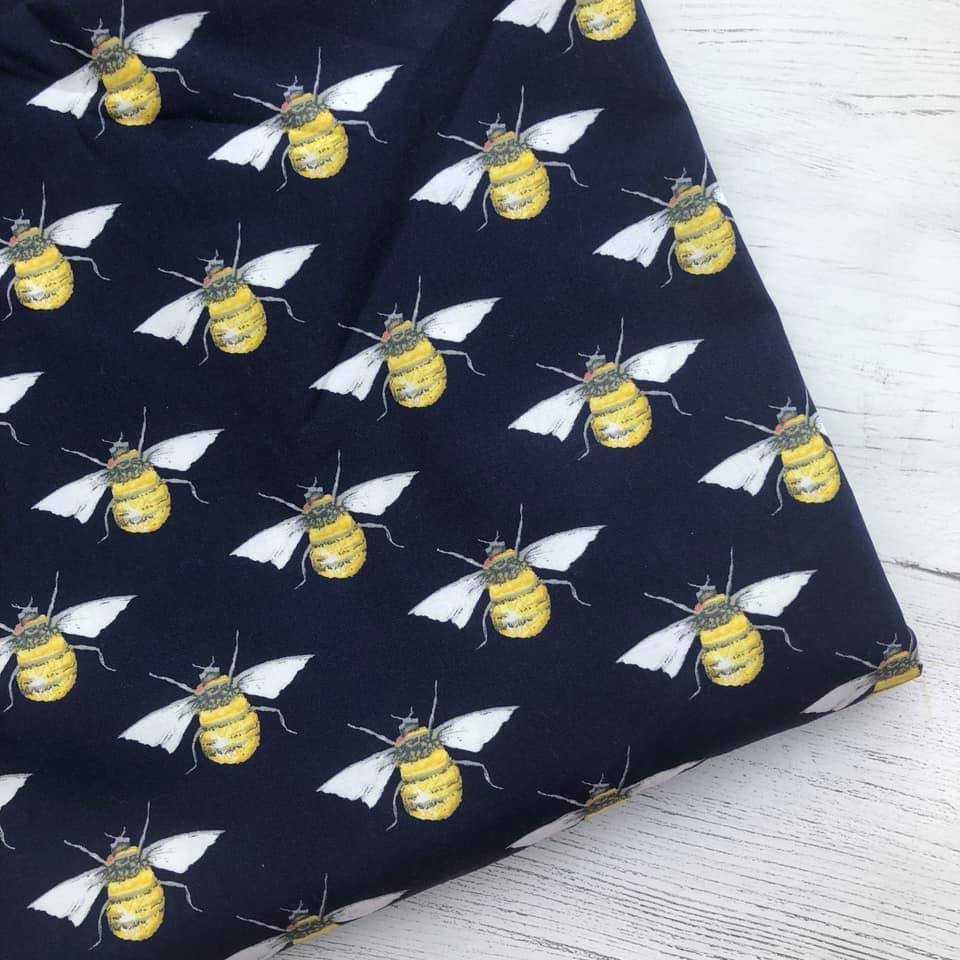
A mid weight cotton which is less more durable than poplin but still has good drape. Often used for children’s clothing and a wide range of crafts.
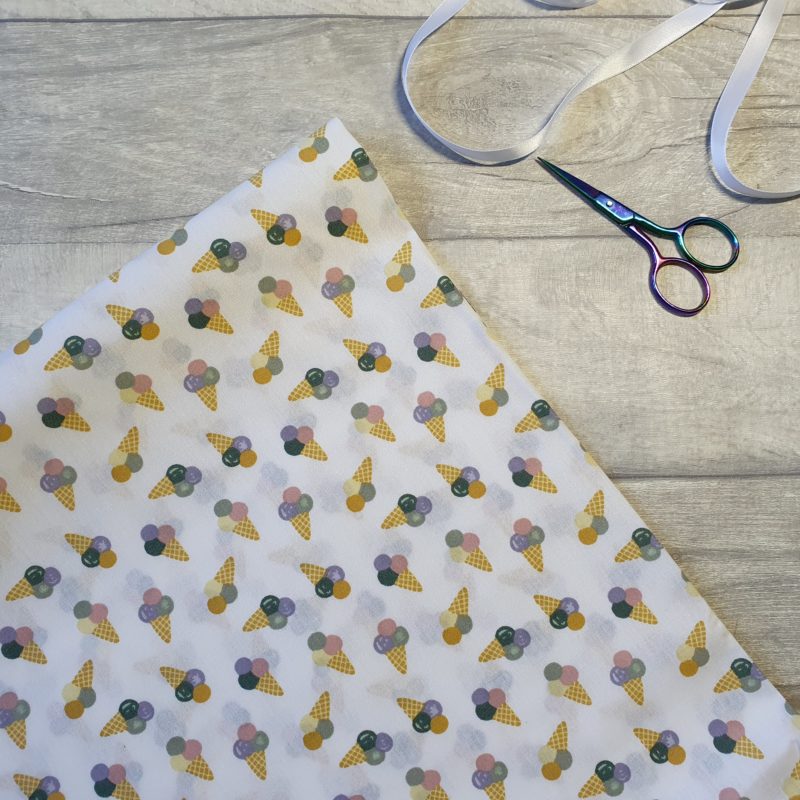
A mid weight non stretch woven fabric. Suitable for quilting and clothing. This cotton is thicker than the others and more durable. This kind of Cotton is represented by the larger designer brands
Heavy weight cottons with a higher thread count making them more durable to rough use and often stiffer. Used for Dungarees, pinafores, bags, upholstery, etc
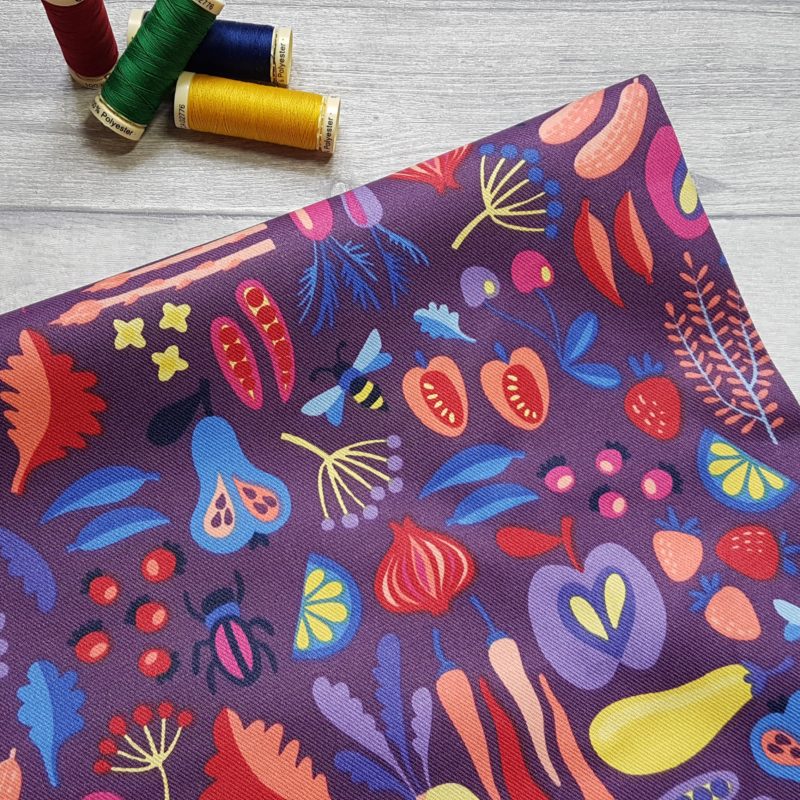
This is the most common type of jersey used in clothing manufacture. Knitted fabric made from a mix of cotton, polyester and elastane fibres. Single jersey has one smooth side and one pile side. The smooth side is the face and is often printed with it’s design. Yarn dyed jersey has the fibres dyed before being turned into cloth, this gives it more colour durability but limits designs – usually found in solids and stripes only.
100% cotton jersey has a similar finish to those with elastane content but it will not have any recovery and is not suitable for clothes such as leggings which need to recover their shape.
Jersey comes in many different weights signified by the gsm count. This is grams per square meter. The higher the number the warmer the jersey will be. A low weight does not always signify low quality. You should match your gsm to your garment.
Jerseys often have different feel to their surface. Some are smooth and cool to the touch while others are warm and fluffy. This is down to the manufacturing process of how they are knitted hand dyed.
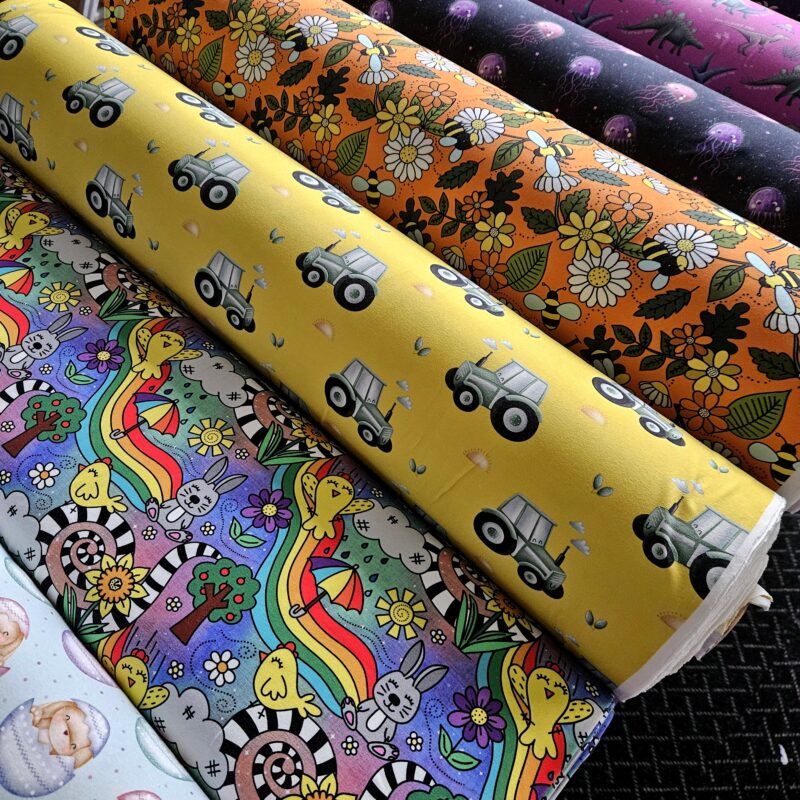
Organic cotton has the powerful advantage of following internationally recognized organic farming standards that are enshrined in law. In the EU, the Council Directive on Organic Farming defines production and certification requirements of organic crops. In the USA and in Asia, the National Organic Program (NOP) respectively the Japanese Agricultural Standard (JAS) do the same.
OCS (Organic Content Standard) provides third party assurance that the organic content in your clothes can be traced back to source, while GOTS (Global Organic Textile Standard) traces the organic content in your clothes and ensures that it is processed socially and sustainably.
A fabric listed as organic must have been made from organically produced cotton. Some organic cotton fabrics have not then been treated with organic dyes so while they can be called organic they do not meet the GOTS certification requirements.
Caboodle Textiles are currently working through our listings to provided full details on the level of Organic certification for each item in our Organic Category. Please ask if you require clarification if an item is GOTS certified.
GOTS certification requirements. Some fabrics have GOTS certification up until the point their packaging is opened in our workspace. This is due to the fabrics then being subject to cross contamination from non organic fabrics and not because they themselves have changed in standard.
This site can offer more information on Organic fabrics: http://aboutorganiccotton.org/
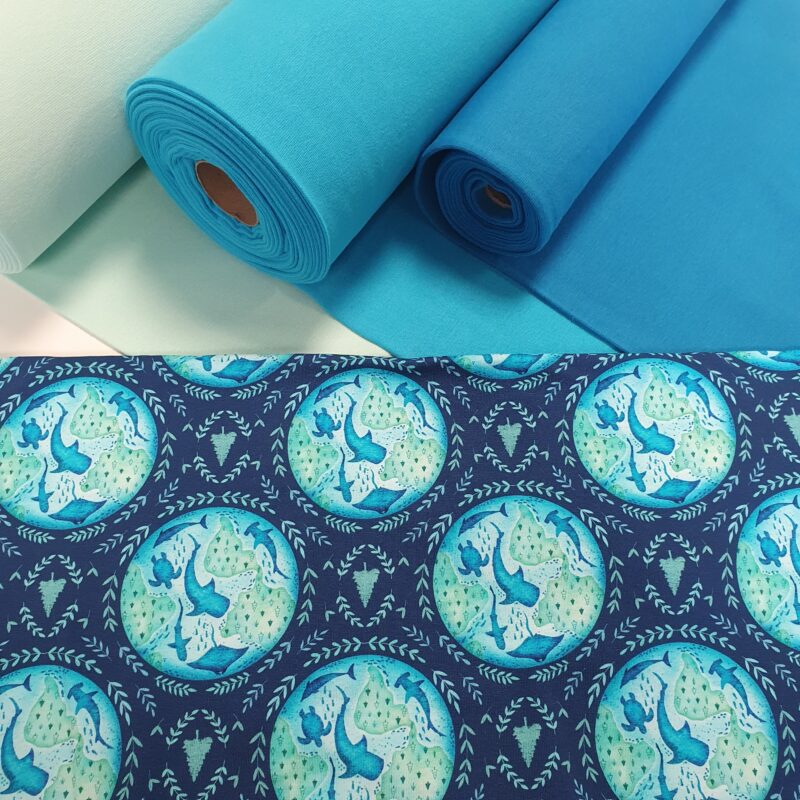
The textile industry is characterised by a form of cooperation in which each production stage from raw material to finished textile product is often located in a different place in the world. This extremely fragmented structure is reflected in the complex supply relationships between all the companies involved throughout the textile processing chain.
The OEKO-TEX® label indicates the additional benefits of tested safety for skin-friendly clothing and other textiles to interested end users. The test label therefore provides an important decision-making tool for purchasing textiles.
For more information please view the Oeko-tex factsheet
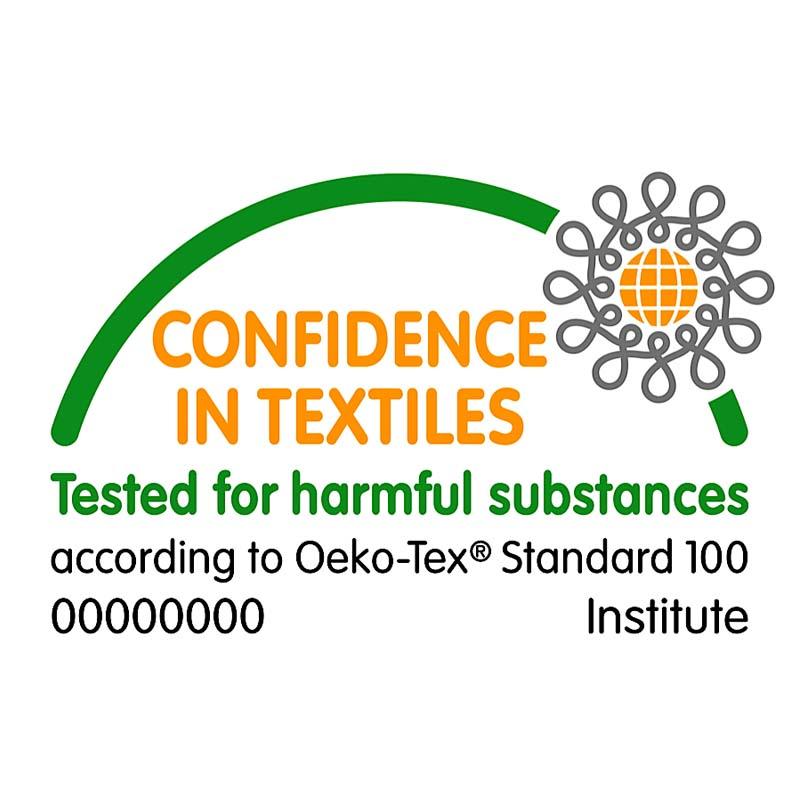
Two sets of needles are used when making double jersey. Effectively two layers are produced at the same time leaving the pile surfaces together and two smooth outer
surfaces. Double jersey is generally a heavier warmer fabric.
This is a rayon fibre made from cellulose derived from wood pulp. Viscose fabrics are smoother and have more drape than cotton but can be slippier to work with. A lighter fabric often used for ladies tops and summer cardigans.
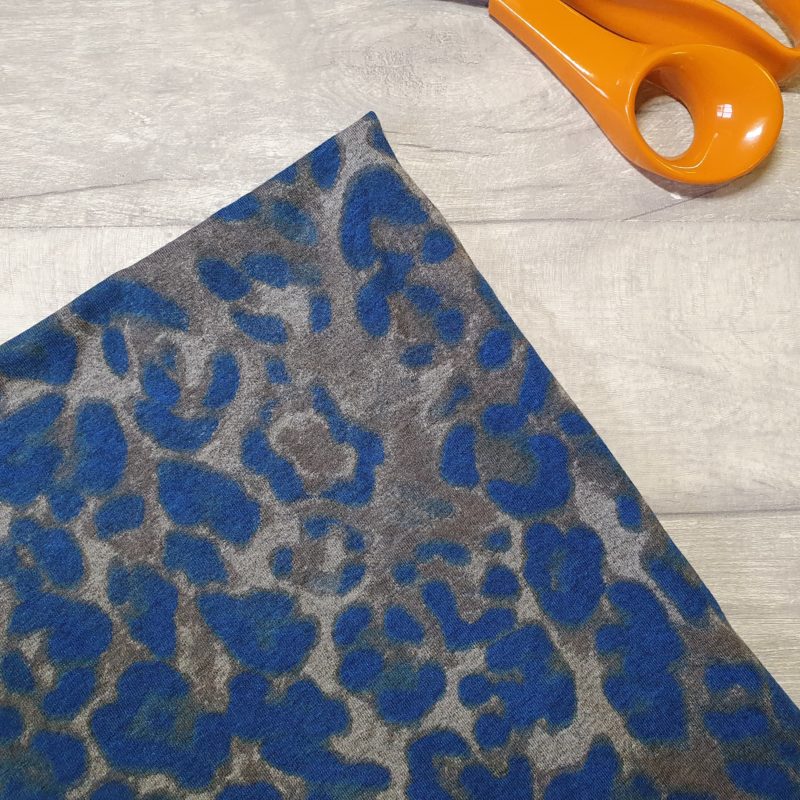
This knit fabric is a variety of rayon, made exclusively from the renewable fibre of beech trees. Since the base material comes from a natural source, rayon fibres like modal are classed
as ‘natural synthetic’. Fabric made with modal is very soft and smooth, with a moderate sheen.
Modal fabrics are resistant to creasing. Modal is often mixed with cotton fibres and gives added drape.
Also called cuffing. Used for trim such as necklines, waistbands and cuffs. Types of ribbing vary a lot. Some ribbing is smooth while others have defined ridges. The suitability of ribbing for your project will vary depending on whether you need it to have good recovery (that’s the way it bounces back into shape after stretching). A ribbing with a low recovery is not suitable for waistbands but may be perfect for trim on necklines.
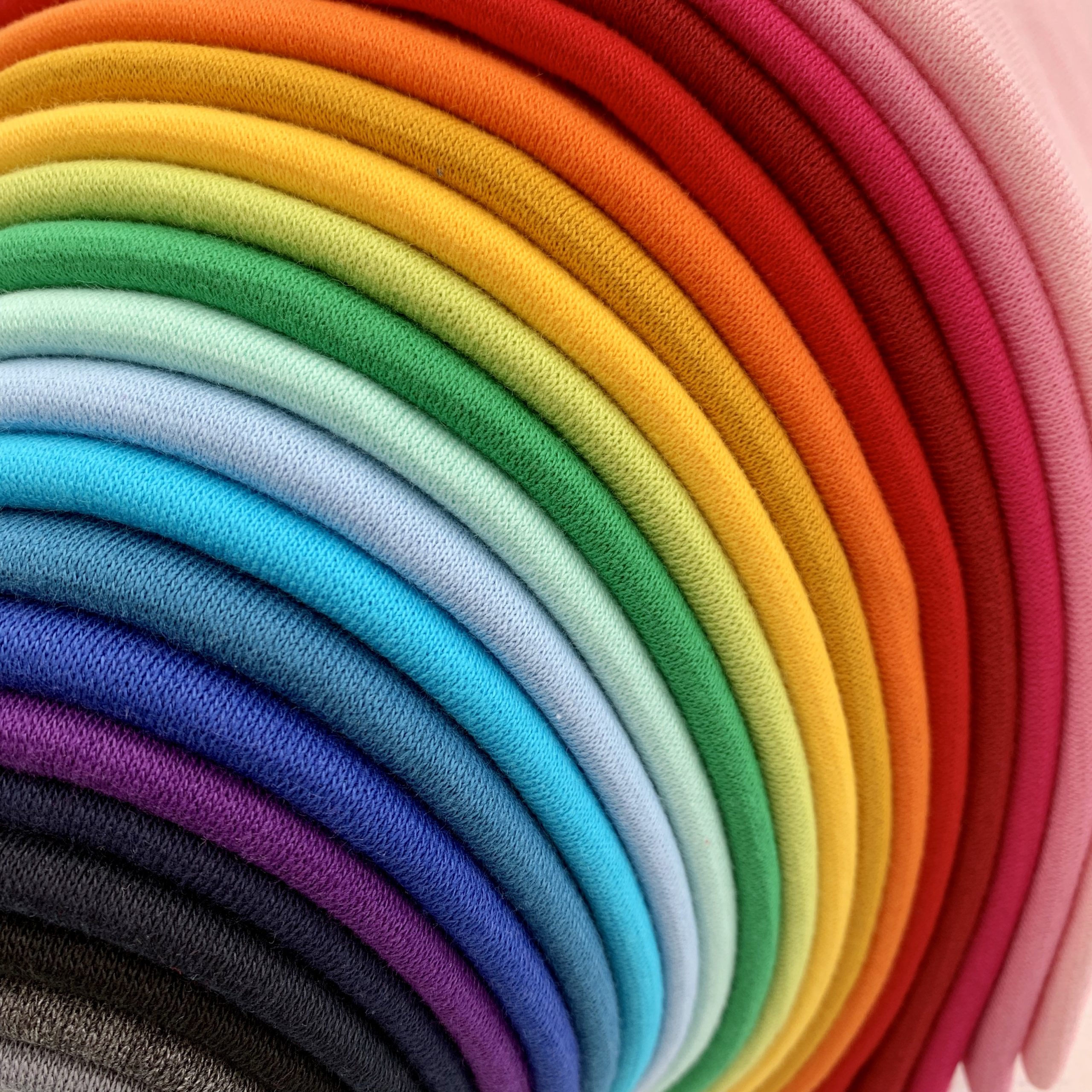
Whether a denim stretches or not is down to its fibre content and the way it is constructed.
Traditional cotton denim will not stretch and has varying levels of drape depending on thickness.Stretch Denim can be split into two types. 2 way stretch and 4 way stretch. 2 way stretch is suitable for trousers and dungarees – most modern women’s jeans are made with this. 4 way stretch denim has much more movement to it. This is the fabric used for jeggings. As it moves in both directions is has less structure and more fluidity to it. Suitable to making items for which you would normally use a jersey fabric.
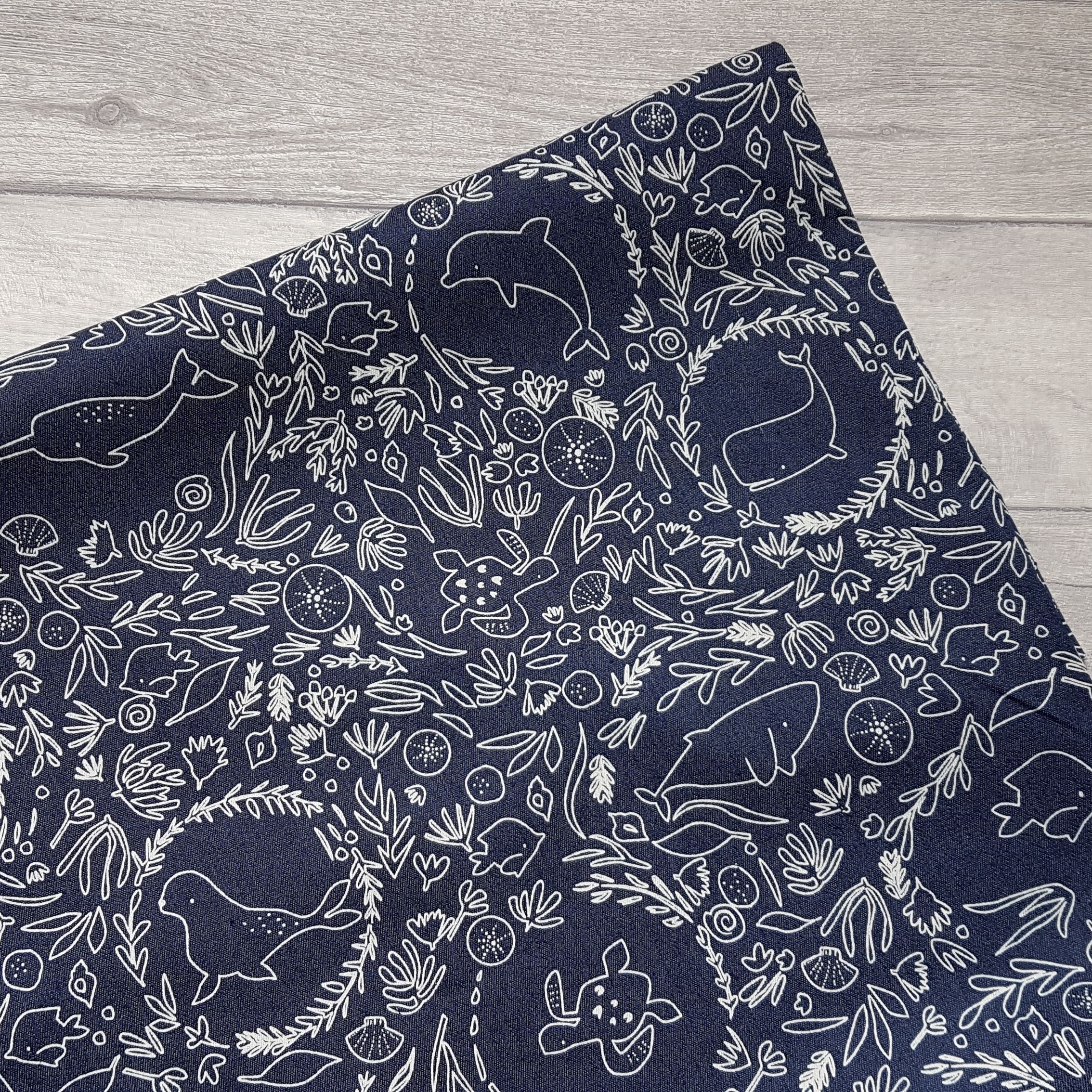
Non stretch 100% cotton corduroy is a strong durable fabric which is warmer than plain cotton and is soft to the touch.
Stretch Corduroy has a polyester content rather than being pure cotton. Often colours are more vivid. Stretch amount can vary depending on the wale and the fibre mix.
Wale: the no of the wale describes how many ridges there are in your corduroy. The higher the number the fine the ridges and the more flexible the fabric. Often fine ridged corduroy is described as baby cord.
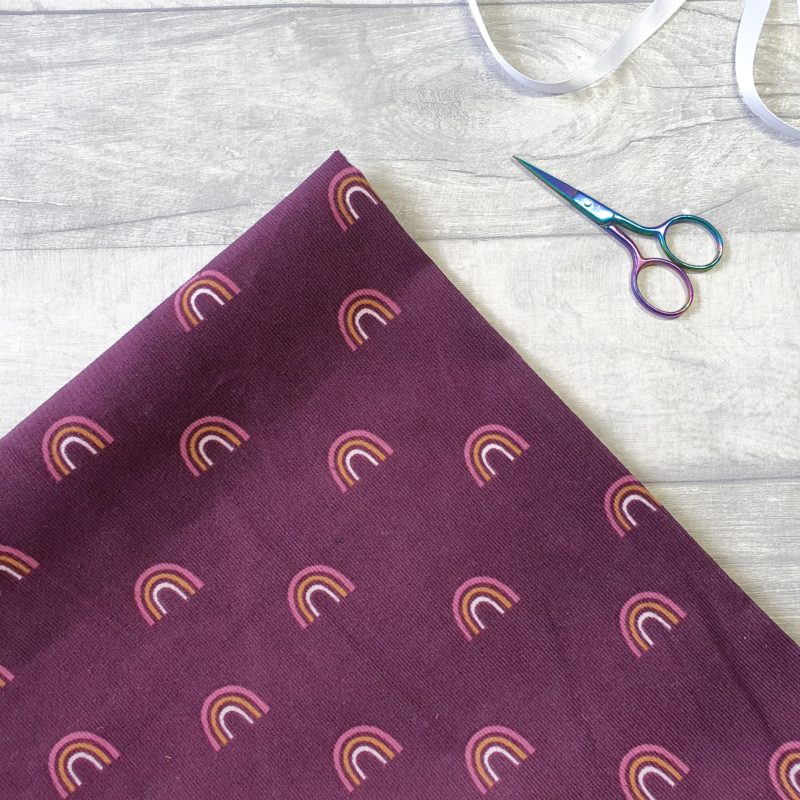
Also called brushed cotton is a cotton fabric with a napped surface. This means that the print side of the fabric is fluffed up and gives a warm touch soft feel. Double napped flannel is fluffy on both sides. This type of fabric is usually used for nightwear and bedding but can also be used for cosy daytime clothing such as trousers and dungarees.
A stretch fabric which has the same properties as jersey but which has a looped backing. This looped back makes the fabric warmer. This kind of fabric is a crossover between jersey and sweat. Some french terry fabrics have elastane in them giving them full stretch like jersey. Other french terry fabrics are a polyester / cotton mix which gives the fabric bounce but not as much as a 4 way jersey.
You can also get brushed french terry where the back has a plush fluffed feel and more warmth.
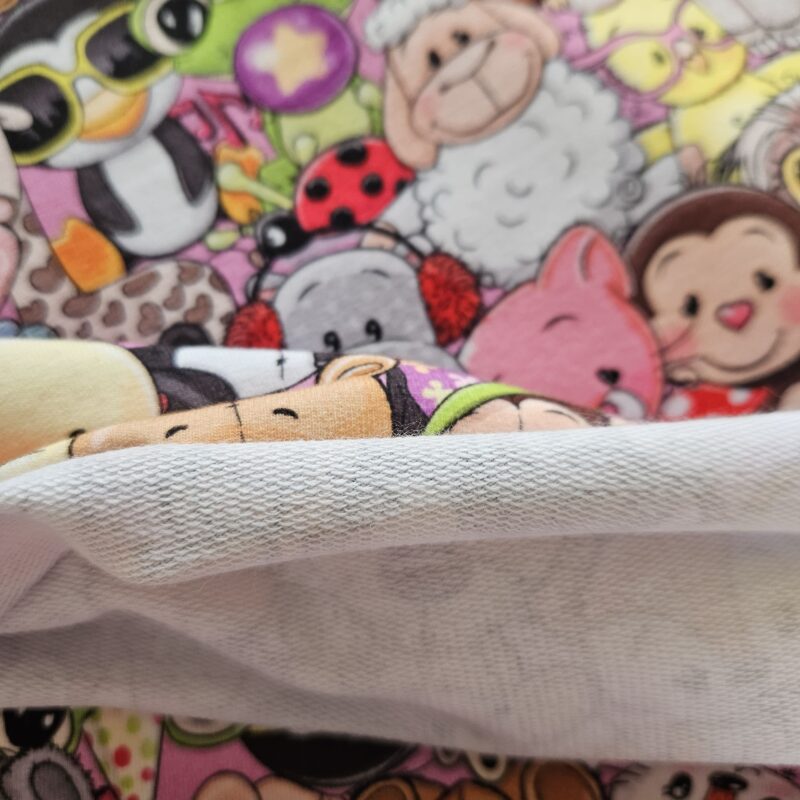
These are the hardest to quantify as different manufacturers use these terms loosely and international translations confuse matters. Some manufacturers also use the terms snuggle sweat, alpine sweat, alpine fleece etc. Jogging is usually a smooth surfaced front fabric with a low height fluffy backing. Sweat fabrics can have varying types of backing, if you cannot see the fabric to look at the backing it is best to check the fibre content and weight to get a true idea of its warmth and usage. This type of fabric can be stretch or non stretch – again, check the fibre content. Sweat with elastane/ lycra content will stretch, sweat with polyester will bounce to varying degrees.
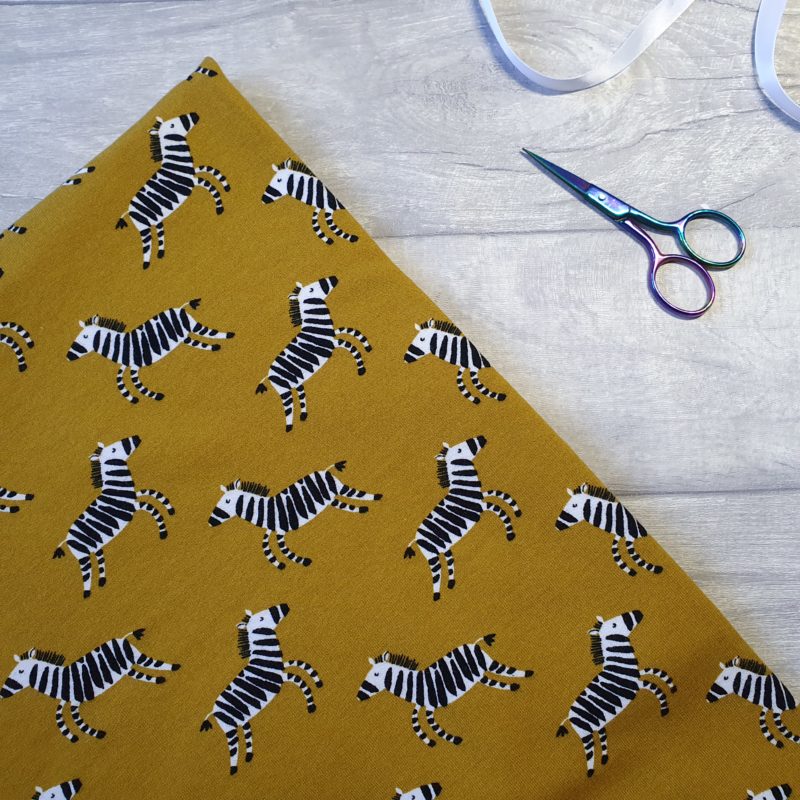
Usually a stretch sweat fabric. With a stretch like jersey and a printed smooth front these fabrics have a smooth soft pile reverse and the added properties of moisture regulation like standard fleece. Usually a warm weight fabric upwards of 260gsm.
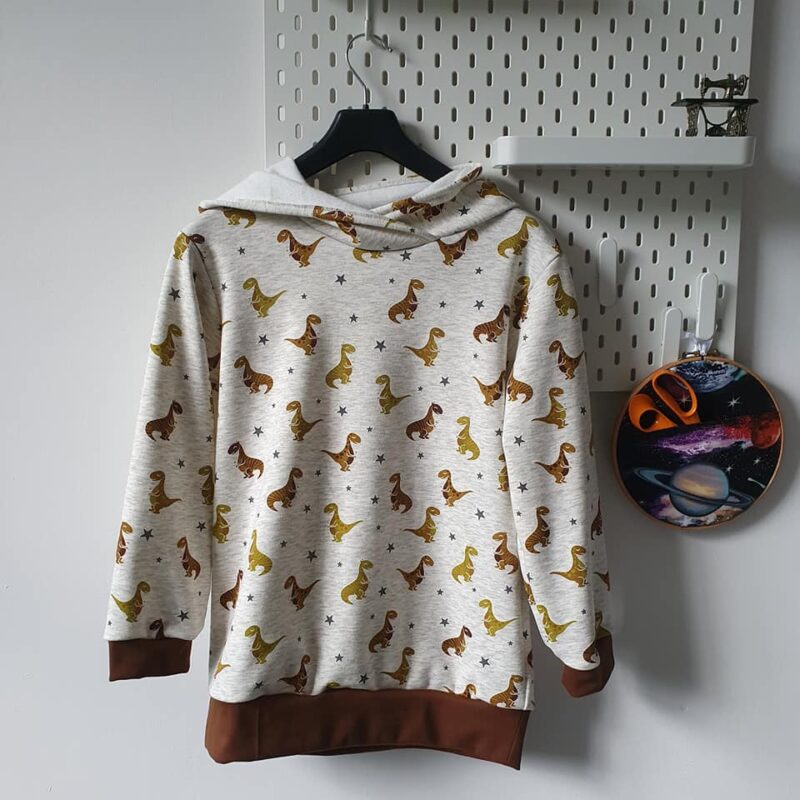
A super soft to the touch, lightweight polyester fabric which does not hold moisture. Ideal for wicking away moisture from the skin. Fleece blankets and clothing are particularly useful for camping as the do not absorb the damp from the atmosphere. Fleece comes in hugely different thicknesses from micro fleece often used to back bibs up to polar fleece which is thick and super warm.
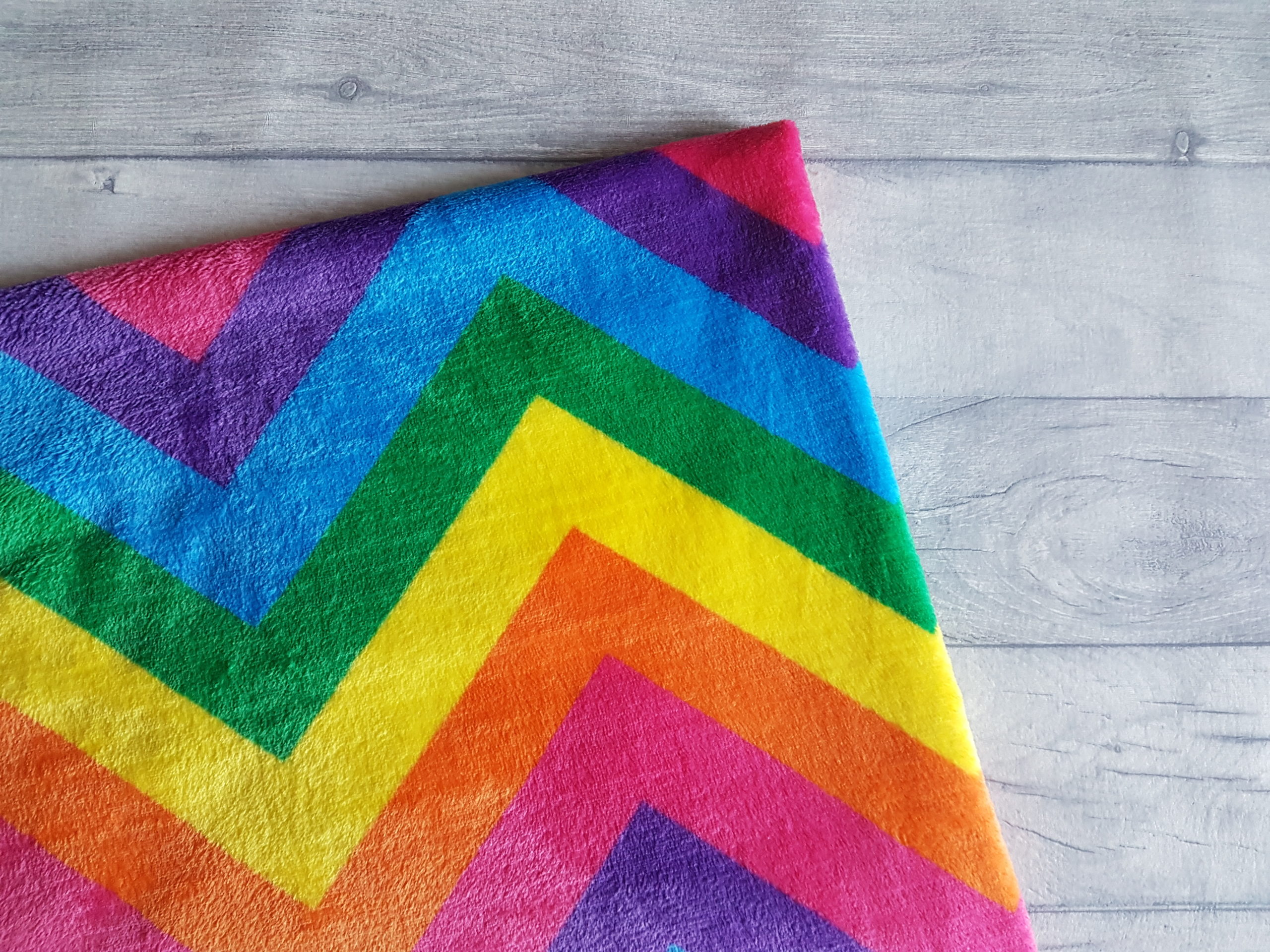
A lining fabric with fluffy fibres attached to a stretch mesh backing. Suitable for using in coats, hats etc
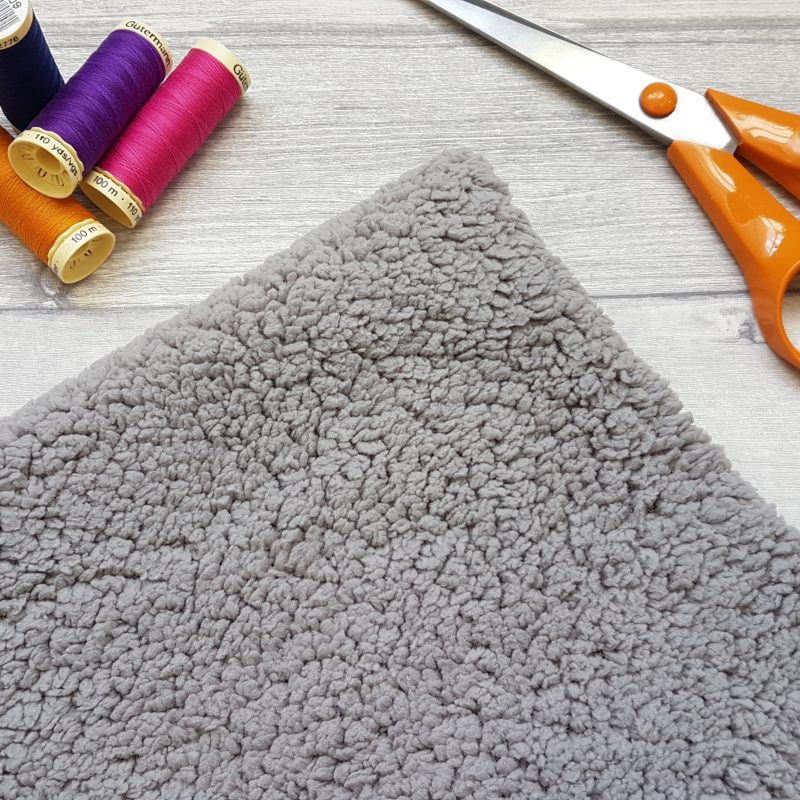

Just like your home bath towels, terry towelling comes in degrees of thickness and softness. It is a fabric constructed of loops and is highly absorbent.
Like velvet, velour has a directional pile surface. This pile is short and smooth to the touch. Velour is woven with loops on one side that are subsequently cut by shearing it.
An organic natural coloured fabric which is un-dyed and perfect for dying. It stays soft after many washes, is an eco friendly crop and its natural fibres have antibacterial and thermos regulating properties. Good for: Clothing, yoga wear, blankets and towels, washcloths and wipes, CSP, nappy liners and soakers. At high temperatures Bamboo is known to have a higher shrink percentage than most fabrics therefore it should be pre-washed at the same or higher temperature than you are going to wash it for general use.
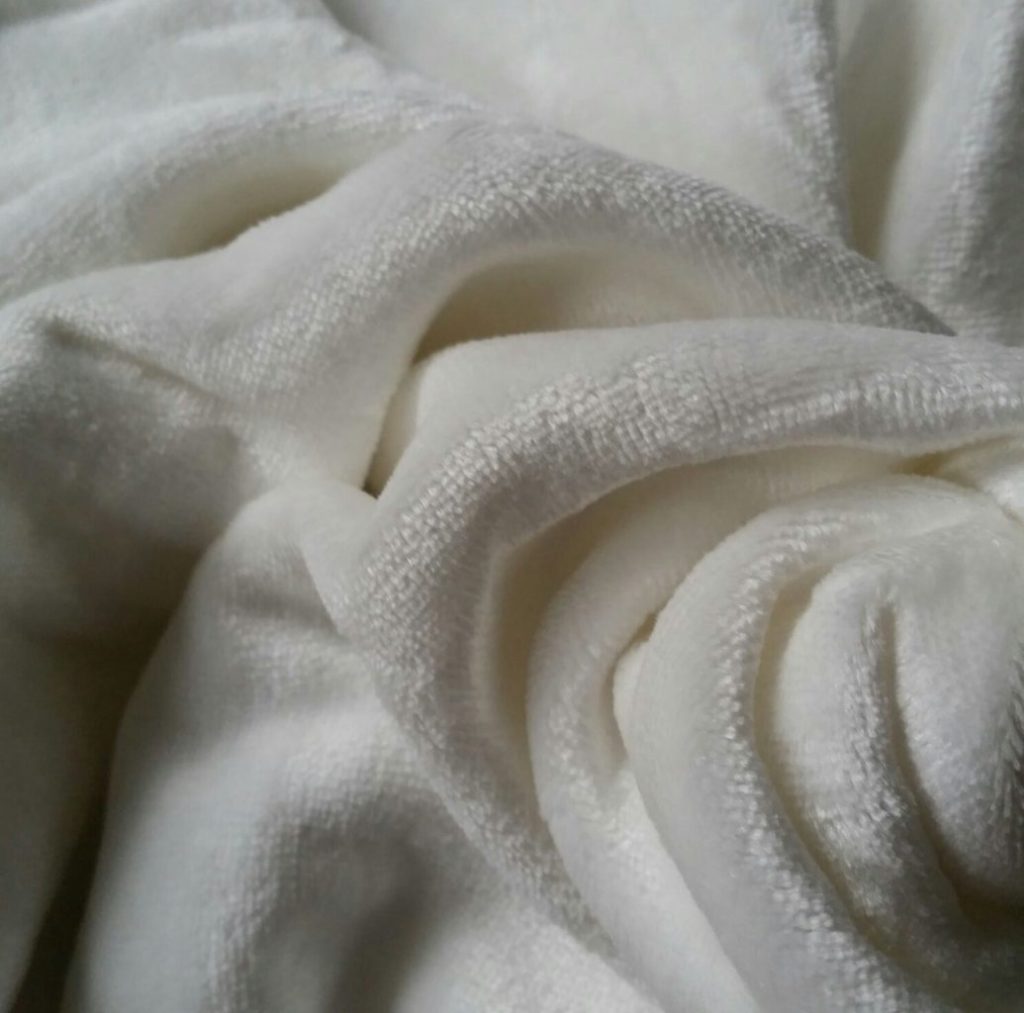
Usually just looped on one side and smooth on the other this fabric behaves like a jersey but has the absorbency of toweling.
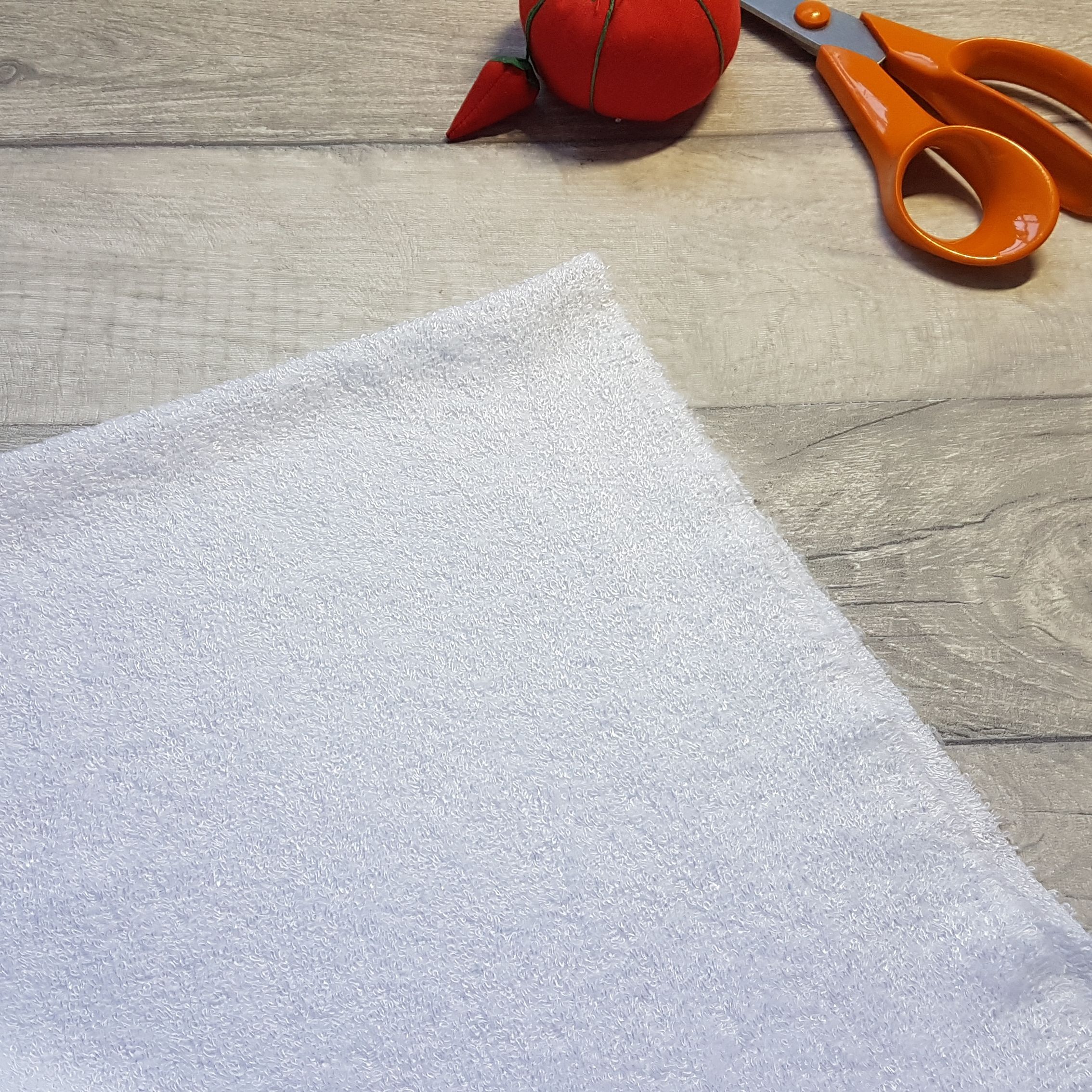
“Not suitable for children’s nightwear” – you can often find this printed down the selvage, particularly on flannel fabrics. This appears when a fabric which is deemed as appealing to children is manufactured in the USA. The USA has very strict regulations on children’s nightwear requiring all fabrics to be coated in fireproofing chemicals to make them fully flame retardant. The ‘not to be used for children’s sleepwear’ does not mean that the fabric is dangerous, it means that it is not fireproof. In the UK regulations are different and you can use these fabrics for your kids. In fact here at Caboodle we think that fully fireproofed fabrics are not child friendly at all as they are coated in chemicals which can irritate their delicate skin.
Therefore, as with any other clothing – enjoy making from the fabrics and keep your child away from fire!
Any questions? Why not pop over to the facebook group for a chat and support.
Happy Sewing